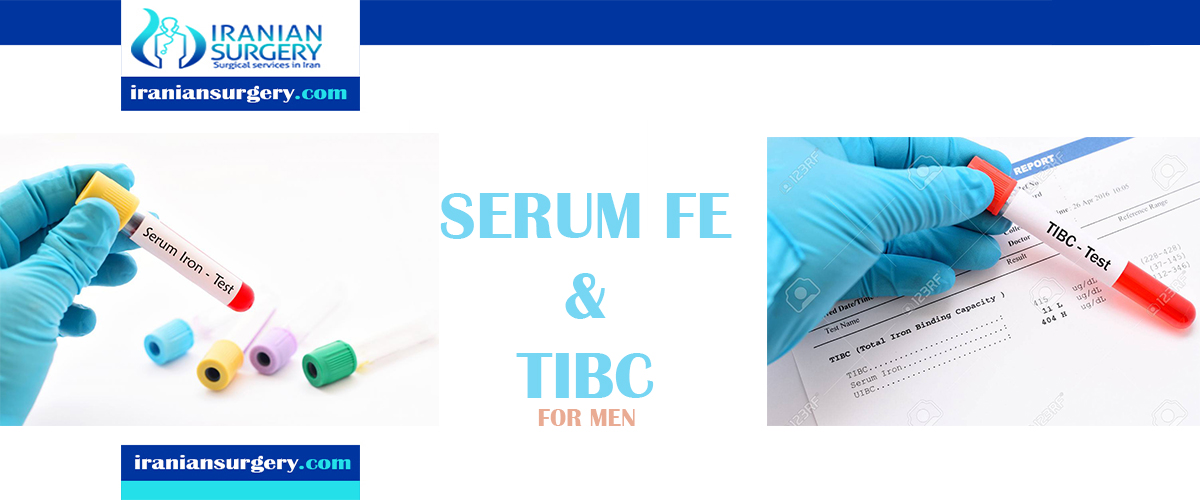SERUM FE & TIBC

What is an Iron Blood Test?
Iron is a mineral in your body that comes from foods like red meat and fortified cereals or from supplements you take. You need iron to make red blood cells. Iron is also an important part of hemoglobin, a protein in your blood that helps carry oxygen from your lungs to the rest of your body.
An iron test can show if you have too much or too little of this mineral in your system. It can check for conditions like anemia, or iron overload (excess iron). Your doctor might order a test if you have symptoms of either condition.
Symptoms of low iron include:
- Tiredness
- Dizziness
- Weakness
- Headaches
- Pale skin
- Fast heartbeat
Symptoms of high iron include:
- Joint pain
- Tiredness
- Weakness or a lack of energy
- Stomach pain
Total iron-binding capacity (TIBC) and transferrin test
A total iron-binding capacity (TIBC) test measures the blood’s ability to attach itself to iron and transport it around the body. A transferrin test is similar.
If you have iron deficiency (a lack of iron in your blood), your iron level will be low but your TIBC will be high.
If you have too much iron (for example, if you have a condition like haemochromatosis), your iron level will be high but your TIBC will be low or normal.
Transferrin is a protein produced by the liver. It regulates the absorption of iron into the blood. TIBC relates to the amount of transferrin in your blood that’s available to attach to iron.
Although TIBC and transferrin are 2 different tests, they basically measure the same thing, so you’ll usually have either one or the other.
As transferrin is produced by the liver, your TIBC level will also be low if you have liver disease.

